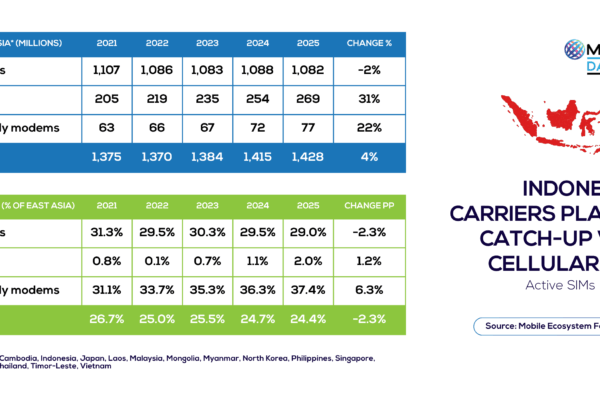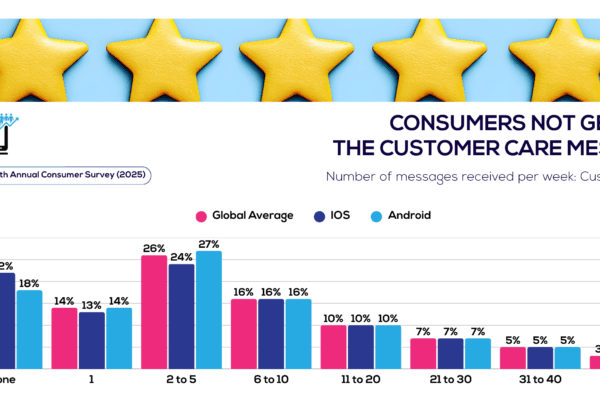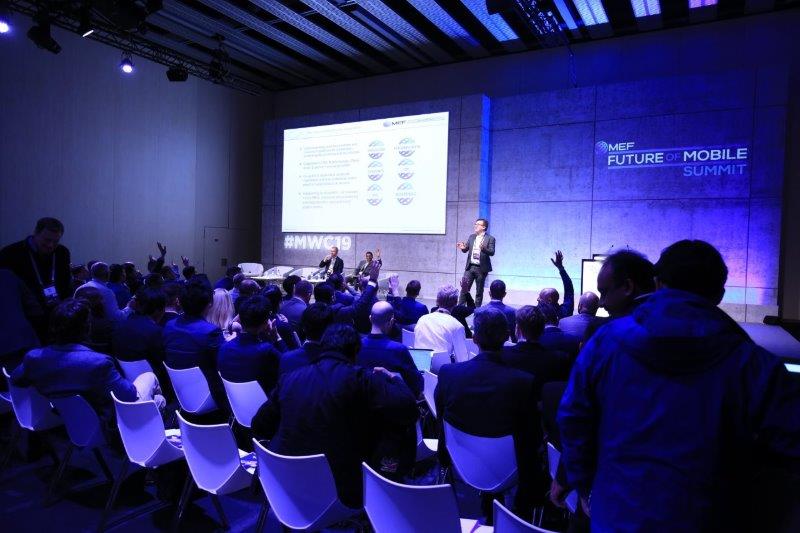U.S. states are moving fast to fold text messaging into telemarketing laws, reshaping compliance for brands and platforms. MEF Advisor Paul R. Ruppert explains why the trend, fueled by consumer frustration and shifting legal interpretations, means messaging programmes must adapt quickly or risk lawsuits and disruption.
The U.S. is in the middle of a fast clip of state laws that pull text messages into telemarketing rules and give consumers and attorneys new ways to enforce them. In June, Texas enacted SB 140, which explicitly treats SMS/MMS as “telephone solicitation,” links violations to the Texas Deceptive Trade Practices Act, and takes effect September 1, 2025. For brands and platforms, that means registration duties, quiet-hour limits, and stronger private lawsuits now apply to texting in Texas.

Oregon preceeded with HB 3865A, which modernizes its telephone solicitation rules by adding texts, capping outreach frequency, and establishing quiet hours; its effective date is January 1, 2026.
Michigan is moving in the same direction: SB 351 would create a new Telephone Solicitation Act covering texts and setting time-of-day rules, part of a tied package moving through Lansing.
MEF will keep convening members and policymakers to share data, technical realities, and model language so that rules curb abuse without handcuffing legitimate communication.”
Legislators in Florida and New Jersey are considering similar action.
Why is this happening now?
Two forces are converging. First, consumers (and state attorneys general) are fed up with illegal robocalls and robotexts; state lawmakers are responding by widening the scope of telemarketing laws to cover texts and by strengthening private remedies.
Oregon’s supporters include AARP and backing from the Oregon Department of Justice, underscoring a consumer-protection coalition behind these bills.
Second, the U.S. Supreme Court in McLaughlin v. McKesson (June 20, 2025) said district courts are not bound to accept the FCC’s TCPA interpretations, creating more room for state rules—and more variability for businesses to manage.
What this means for MEF members?
The headline is simple: treat texting like regulated telemarketing in the relevant states.
- In Texas, that includes telemarketer registration, do-not-call scrubs, and quiet-hour enforcement keyed to the recipient’s local time.
- Oregon adds frequency caps and its own quiet hours.
- Multi-state programs will need state-aware “send windows,” strong consent lineage, and vendor attestations baked into contracts.
- Florida’s experience is instructive: after broad private class action suits, lawmakers added a 15-day “STOP” safe harbor in 2023—a signal that balanced guardrails can protect consumers without crushing legitimate programs.
The operational rub: location and time
Mobile programs rarely know a recipient’s real-time location, yet quiet-hour rules are typically tied to local time. That makes perfect compliance harder than it looks, especially for national brands and for RCS (Rich Communication Services), where traffic can span networks and borders.
MEF and the Ecommerce Innovation Alliance highlighted this in Oregon: diverging state quiet hours (e.g., Oregon’s earlier evening cutoff) and location-dependent disclosures create technical impossibilities and can chill adoption of fraud-reducing channels like RCS.
Who’s driving the change?
Alongside consumer groups and AGs, plaintiffs’ attorneys back expansions that add private rights of action and fee shifting—tools they argue deter abuse but that also heighten litigation risk for compliant senders who make operational errors. Oregon shows the consumer coalition clearly; industry groups warn that over-broad private remedies can turn compliance into a litigation lottery.
Who are the Winners, Losers, and Unintended side effects?
- Winners: consumers who want fewer unsolicited texts; well-governed brands and large CPaaS’ with airtight consent records, time-zone logic, and DNC hygiene; and verified channels (e.g., RCS RBM) that raise sender trust and reduce spoofing.
- Losers: high-volume prospecting without real PEWC provenance, and smaller senders facing the burden of “51 regimes.”
- Likely side effects: conservative throttling (even of consented messaging), and channel shifts toward OTT or email—which bring their own rules and deliverability challenges.
What does “good” messaging look like (now)?
- Be “Texas-ready” by Sept 1, 2025. Decide on registration status, update disclosures, enforce quiet hours, and maintain audit-ready consent and opt-out logs.
- Oregon playbook for Jan 1, 2026. Build to quiet-hour and frequency caps; document your approach to time-zone handling and geo-uncertainty.
- Michigan watchlist. Track SB 351 and plan template updates (send windows, disclosures, vendor attestations).
- Strengthen the stack. Centralize consent provenance (yes, screenshots), align vendor MSAs to state rules, and test conservative buffers for ambiguous time zones.
A call to action for MEF members
This is the moment to pair serious compliance with practical advocacy.
On compliance, align your programs with Texas/Oregon requirements and prepare for Michigan-style bills elsewhere.
On advocacy, engage with legislators and AGs to target bad actors while preserving space for wanted, consented messaging—favoring harmonized quiet hours, clear consent standards, and workable safe harbors that protect consumers and keep channels useful.
MEF will keep convening members and policymakers to share data, technical realities, and model language so that rules curb abuse without handcuffing legitimate communication.
Join MEF to turn compliance into competitive advantage—and take balanced, practical solutions to policymakers together.





